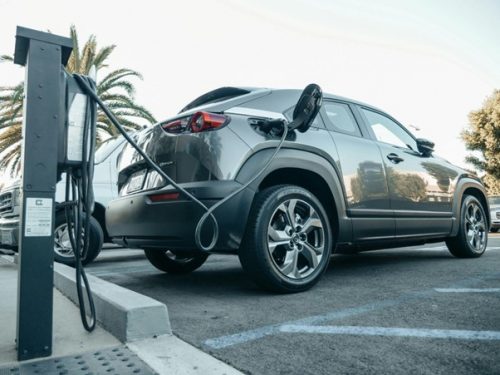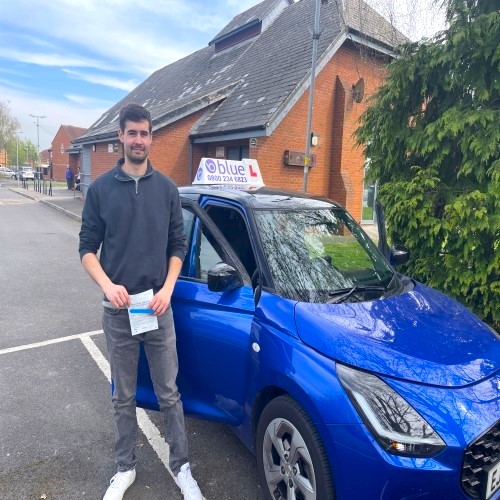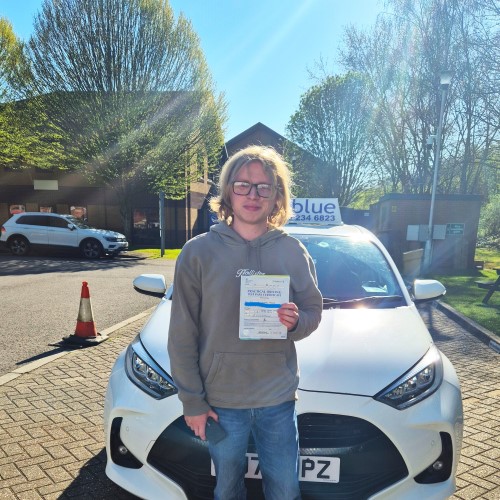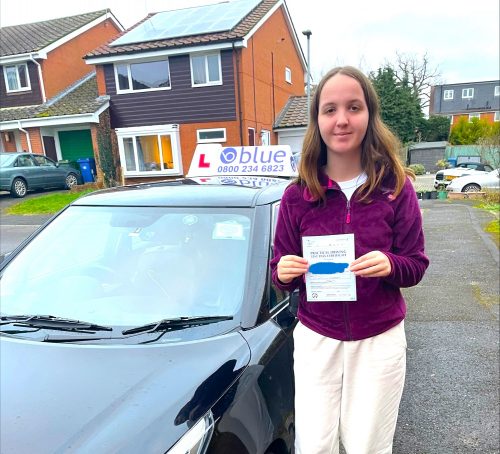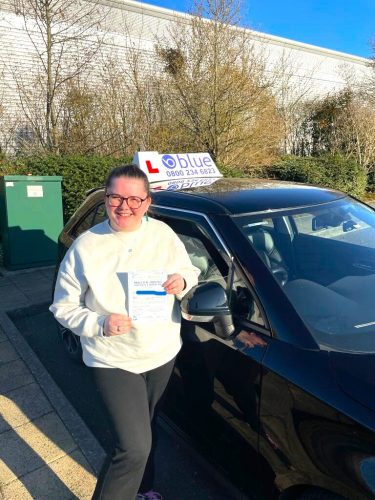
Staying Calm Behind the Wheel: A New Driver’s Guide
Posted in: Driving Tips, News.

You can say that it’s pretty whimsical getting your driver’s license. You know that your life is going to change for the better. You’re going to be able to achieve things you’ve always hoped for, like your first road trip, cleaning your first car, buying your first brand-new car, and just knowing that you have so much freedom on the road. This feeling is so amazing; it’s even invigorating. But with that said, while there are so many positives to learning how to drive, there are negatives too.
For starters, owning a car and keeping it in good shape can be very expensive; you can’t control other drivers, and sometimes, you have no choice but to drive in unsafe conditions. All of these things are scary, but it’s something that every new driver thinks about, everyone. It’s entirely natural to have these feelings, and no one can blame you for feeling this way, either.
But with that said, as a new driver, you’re going to have to keep calm, keep your cool, and just keep driving on. Sometimes, in a matter of days, weeks, or even within just one year, you’re going to feel so much better, and it’s all going to be natural. So, with that said, as a new driver, here’s your guide to keeping calm behind the wheel!
You Need to Start Off By Mentally and Physically Preparing Yourself
Your mental and physical health are so strongly tied in together, so don’t forget that. There are some common things to keep in mind, like how you should never drive when you’re stressed out, tired, sad, or angry. Even the most experienced driver shouldn’t do any of this; it’s hard to operate machinery when feelings are overwhelming you.
Ideally, start doing some deep breathing exercises, as these can help reduce anxiety and promote relaxation. Take a few deep breaths before starting the engine to calm your nerves. Chances are, you’ve heard of this before, maybe even told to do it before your driver’s test, but this works, it clears your mind, and it helps reduce adrenaline- which, at times, can make your mind more fuzzy.
Try to Plan Routes in Advance
You don’t need to do this, but it’s best to try to get yourself accustomed to the standard routes you’ll be driving, like how to get to work, school, your friend’s house, your house, and so on. It’s more for the fact that in the case you get lost, you won’t immediately panic or anything like that. So it’s a good idea to take this into consideration.
Keep Informed
Picture this: you’re a new driver, brand new, and you’re out driving, and you come across some road conditions, and you don’t know what to do. Chances are, the books you studied talked about it, but because you’re in such a panic, everything is fuzzy because you just flat out didn’t expect any of this to happen, so if you’re ever able to, try to look up road conditions in advance, such as the weather or the construction.
No Matter What, Always Avoid Distractions
As stated earlier, one of the biggest distractions is going to be emotions; if you don’t feel right, you shouldn’t drive because it’s a distraction. But it doesn’t end there either, though. Try to keep all of your attention on the road; avoid eating, grooming, chatting, and just anything that’s going to avert your eyes and your attention from the road. This is so important to keep in mind.
Gradually Increase Driving Exposure
There’s a big difference between you practicing how to drive versus when it’s the real deal. One big mistake new drivers make is jumping into it all at once. Ideally, why not instead just slowly up your driving? Begin with shorter, less crowded routes and gradually increase your exposure to more challenging driving conditions. This gradual progression will help you build confidence and reduce anxiety.
Understand that High-Stress Situations Can Happen
Even the most prepared drivers can encounter high-stress situations on the road. When faced with aggressive drivers, heavy traffic, or unexpected obstacles, you have to keep calm. It can be hard, especially if it’s someone showing aggression toward you; it clearly makes the environment feel unsafe. This is only going to get driving to become more scary.
Always Stay Aware
This is a given, but in multiple aspects, you need to stay aware. As a new driver, you especially need to be aware for many drivers, the environment and awareness are second nature, almost like instincts. But it’s going to take time for that to happen to you. So, in order to avoid your car insurance premiums increasing, keep aware. That means looking through the mirrors and maybe even getting a dash cam, too, if you think it’s going to help you out.
Embrace Parking Challenges
Parking can be a source of anxiety for new drivers. Spend time practicing parking in various scenarios, including parallel parking, perpendicular parking, and angle parking. The more comfortable you become with parking, the less stress you’ll experience when faced with challenging parking situations. This is all really about making things feel like second nature and feel more like instincts.
Remind Yourself That Traffic Jams are Natural
Traffic jams are a part of driving, especially in urban areas. Instead of letting frustration build, use this time as an opportunity to relax. Listen to soothing music or an audiobook, practice deep breathing, or make hands-free phone calls to catch up with friends or family. Sure, this is super stressful for everyone, especially during rush hour, but this literally a common occurrence so you don’t have to feel worried at all.
Seek Guidance
Driving can be anxiety-inducing, so you should never feel bad or embarrassed about it. This takes quite a bit of time to get accustomed to. Driving can be stressful, especially when you’re just trying to get the hang of everything. But in the end, you just need to try your hardest to stay patient. You can do this; sure it takes time, but when you feel overwhelmed, just reach out and ask loved ones for help. They’ve been driving for years and will be more than happy to help you out.
Tags: Staying Calm Behind the Wheel: A New Driver's Guide






